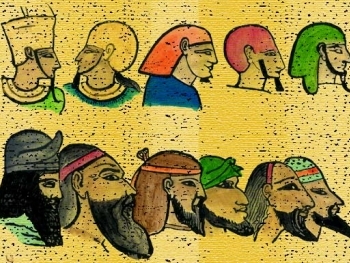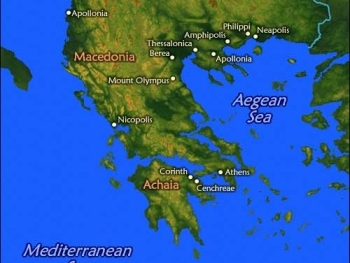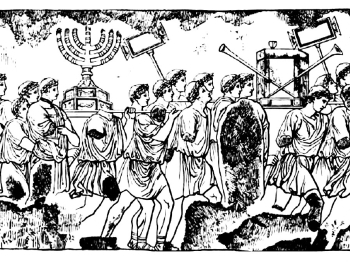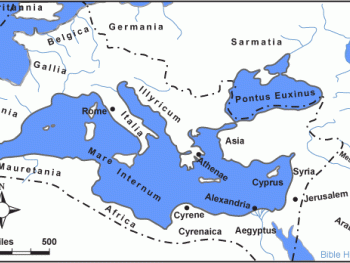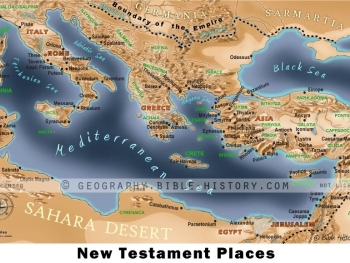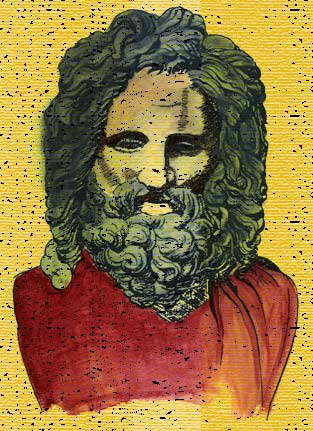
In ancient Roman religion, Jupiter was the chief of the gods. The name “Jupiter” means “the best and greatest” (Optimus Maximus). He was identified with the Greek god Zeus. Jupiter was the spirit of the sky and worshiped as the god of thunder and lightning. During wartime he was sought to protect in battle and was the ‘giver of victory.’ During peacetime he was the god of justice and morality. He was believed to be present during the giving of oaths and transactions. His temple was on the Capitoline Hill.
Source:
